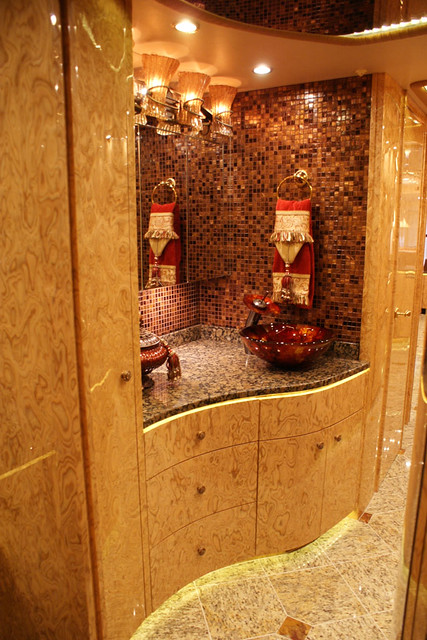
What Are IC Chips?
ICs (also known as microchips) are the foundation of modern electronics. They contain transistors, resistors, capacitors, and other elements etched into the surface of a semiconductor wafer.
ICs have greatly improved the functionality of electronic devices, ranging from the transistor radios that fascinated boys to today’s computer microprocessors. Jack Kilby and Robert Noyce independently came up with the idea for a monolithic integrated circuit in 1958.
IC Design
IC (Integrated Circuit) chips are small pieces of silicon that contain microscopic patterns of millions of transistors, resistors and other electronic components. They power everything from cell phones to computers. These chips are built from different materials, depending on their application, but they all have the same basic function: to control electrical currents. They are used to make a system work as it should, using instructions given by software programs and followed by the chip’s hardware.
The first step in IC design is architectural design, during which the “what” of the IC is defined. This includes deciding the IC’s functionality, external interfaces and power/performance goals. Then, it is decomposed into lower-level building blocks, such as a microprocessor, memory and peripherals. These are then simulated or synthesized to ensure they meet the functional requirements.
Next comes physical design, in which the RTL netlist is mapped into actual geometric representations of all electronics devices that will go on the chip. This is a complex task that requires considerable iteration to ensure all goals are met. The last step is called “signoff,” in which the IC’s logic and circuit optimization, timing and signal integrity are verified against the silicon foundry’s design rules.
The resulting gdsii file is then sent to the fab facility, where it is fabricated on a silicon wafer DC switching regulator and packaged in a plastic encasement.
IC Packaging
IC packaging provides a critical interface between advanced silicon die performance and real-world mounting and operation. Standard package configurations balance cost, capabilities and manufacturing processes suited to diverse end product segments from consumer IoT devices to high reliability aerospace electronics.
IC packages are built from a variety of materials and come in a wide range of shapes and sizes. For example, TSOP packages (Thin Small Outline Package) are rectangular and feature pins along the horizontal edges. This type of package is typically used to power RAM and flash memory. Other IC packages include QFNs, BGAs, and SOICs, which all provide different levels of functional density and lead-angle tolerances.
The primary function of a chip’s packaging is to protect bond wires from environmental and physical damage during assembly and operation. As such, a high-quality encapsulant is essential. It should offer a good solderability profile and meet JEDEC moisture-sensitivity requirements.
In addition, the encapsulant should be compatible with the substrate and other metallizations. For instance, ceramic packages require a metal that works with the substrate and offers conductivity. Alloy 42 and Inconel are commonly used for this purpose. In addition, the encapsulant should not interfere with the thermal cycle. This is because it can cause popcorning, which is the explosive outgassing of entrapped moisture during reflow.
IC Testing
IC testing is an essential part of the manufacturing process, and a significant cost component. IC test requires high-speed electronic equipment that can measure the chip’s delay time (test data). This data is then compared to the design specifications to determine whether the chip passes or fails. The test results are then used to decide how to proceed with the production and packaging of the chip.
The first step in conducting IC testing is to create a photomask. The mask is created by using chemicals that remove the parts of the silicon wafer that are not required for the circuit. This leaves areas of n-type and p-type silicon that can then be etched, doped with impurities, and cut into individual chips. The resulting chips are tested for quality by running long metal connection leads from a computer-controlled test machine to each chip. Any chips that fail the tests are marked for rejection and discarded. Those that pass are trimmed to remove excess material, packaged in protective plastic bodies and shipped to customers to be used in their computers, smartphones, and other electronic devices.
Although a typical value may be statistically determined, it cannot be directly tested as no one wants to ship out of specification parts. Consequently, engineering safety factors are built into the fabrication process and QA engineers expect six sigma limits for variation from the expected performance.
IC Manufacturing
ICs are the tiny black chips that you see in computers, phones and other electronic devices. They contain a complex combination of wafers of semiconductor and layers of copper that are all connected to form transistors, resistors, and other components. ICs are used to store and process information, control the flow of electricity, and perform many other functions.
Once the IC design team agrees on the functional specifications of the chip, the physical circuit design begins. This is when engineers turn the register-transfer-level (RTL) netlist into a physical blueprint for the IC. This is a labor-intensive step that involves floor planning, identifying the major gates to use, and deciding how they will be placed and interconnected.
The resulting layout is then “shopped” to a variety of IP vendors who provide standard logic gate libraries. The vendors then review the layout and make changes based on the functional blocks, performance, area, power and timing requirements.
After the layout is finished, long metal connection leads are added to each IC, and the ICs are tested for electrical function. dual ideal diode Any that don’t work are marked and rejected.
Next, the ICs are packaged into the recognizable black chips you see in most electronic products. These are surface-mount packages, and they come in a wide range of shapes, sizes and pin configurations. A common type is the DIP, which has two rows of pins that extend perpendicularly from a rectangular black IC package. A similar, but more sophisticated, package is a ball grid array, or BGA.


